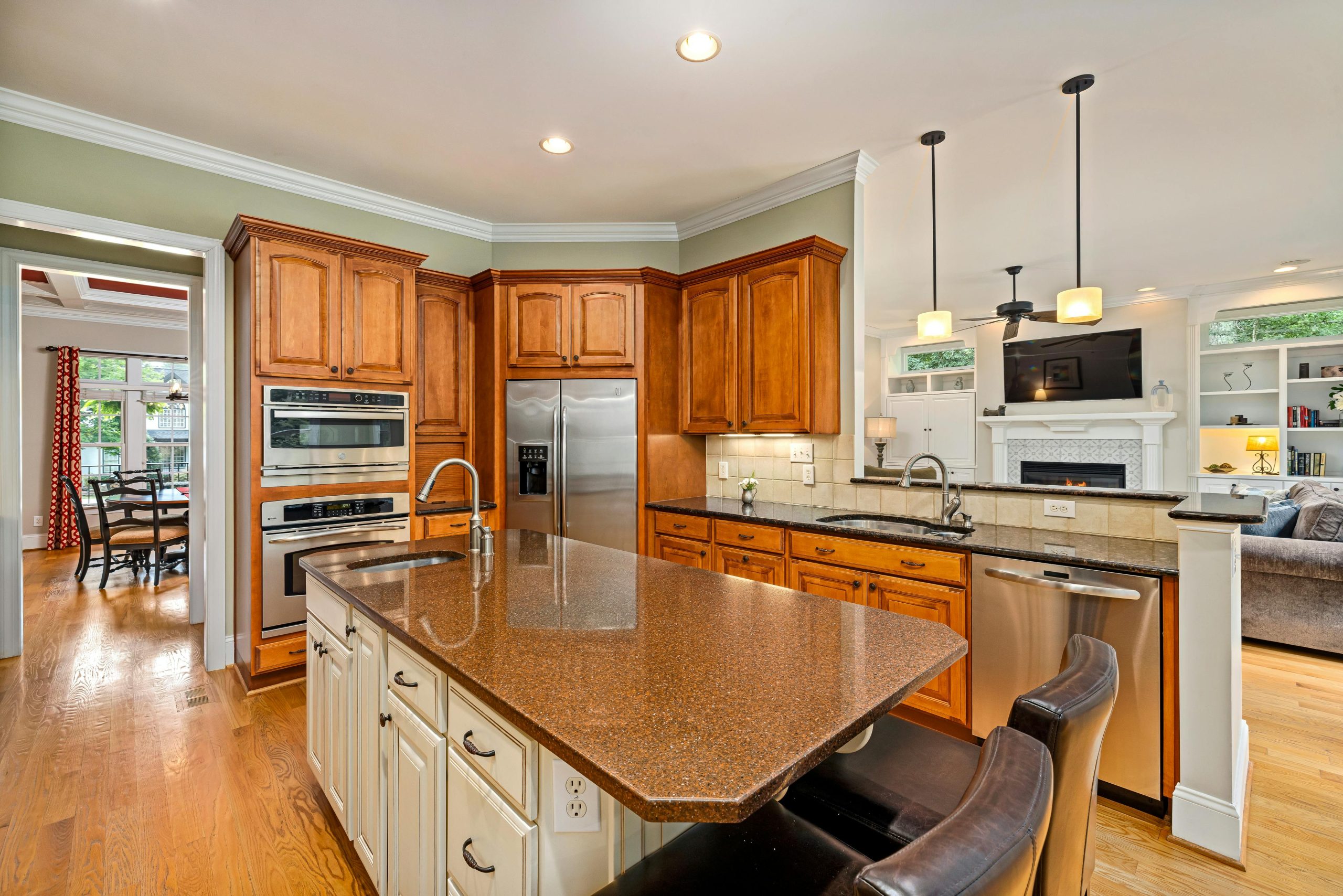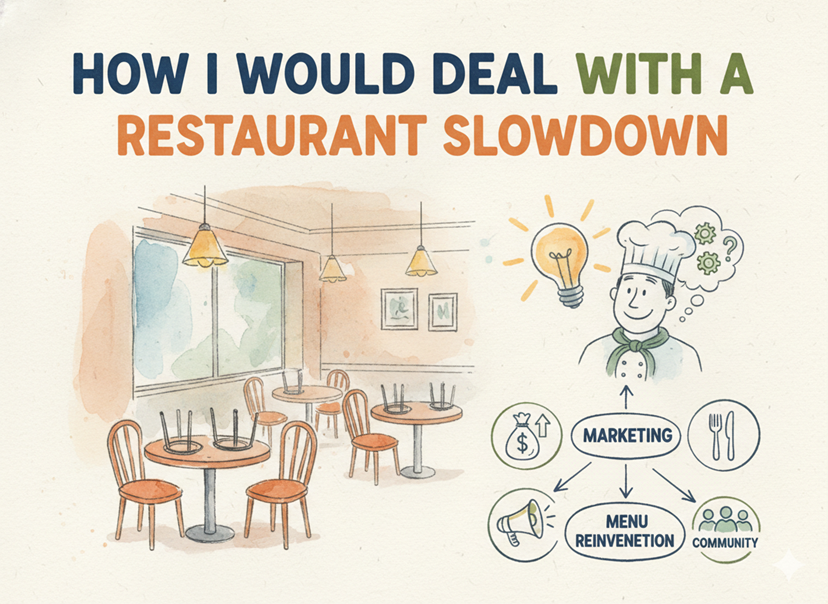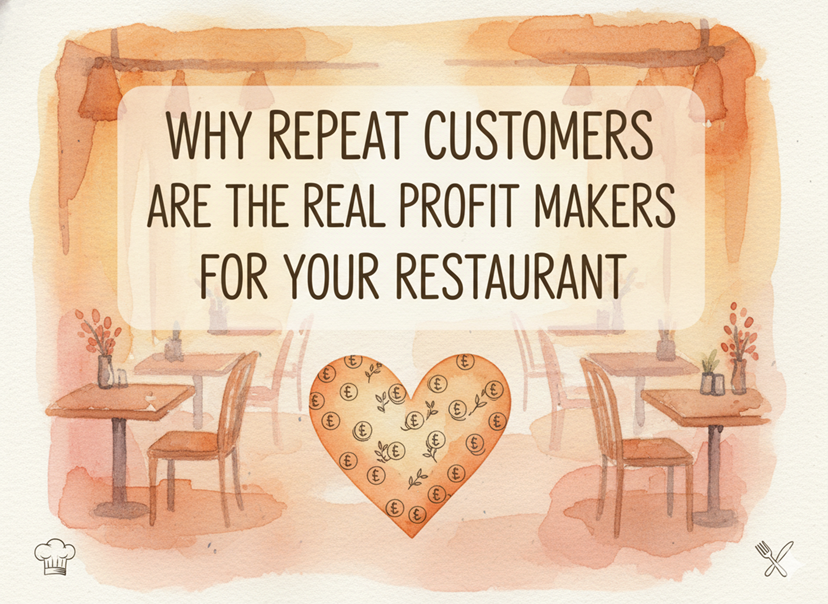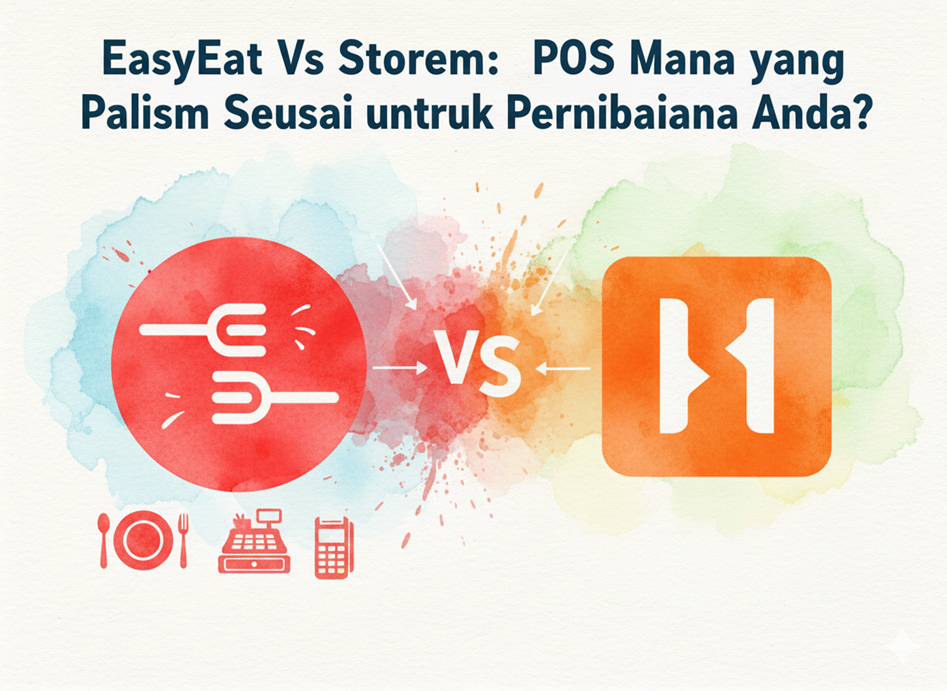Hospitality Review recently reported that by using a central kitchen, restaurants can save up to 10% on costs when purchasing in bulk compared to buying supplies for each location separately. This is a huge opportunity for restaurants like yours to streamline operations and reduce expenses. In this blog, we’ll talk about what a central kitchen is, how it operates, and the many benefits it can bring to your restaurant business.
What is the Central Kitchen?
A central kitchen is a dedicated space used by a group of restaurants, eateries, or food businesses to prepare meals or meal components in one central location. This kitchen supplies multiple restaurant outlets, ensuring that food preparation happens in a standardized and efficient manner. Rather than having each restaurant operate its kitchen, a central kitchen consolidates food production into one hub. This setup helps streamline operations, maintain consistency in quality and taste, and reduce operational costs.
What is the Purpose of a Central Kitchen?
The main purpose of a central kitchen is to improve efficiency and reduce costs for restaurants or food businesses by centralizing food production. By having one location for all meal preparation, restaurants can take advantage of bulk purchasing, which reduces food costs, and ensures consistency in the quality and taste of the dishes served across all outlets. Centralized cooking also allows restaurants to optimize the use of staff and equipment, streamlining their operations.
The Benefits of Having a Central Kitchen
Now that you know what a central kitchen is, let’s dive into the benefits of setting one up for your restaurant business.
1. Growing Your Business
A central kitchen opens up opportunities for business growth. If parts of your menu, like sauces or freshly baked bread, are particularly popular, you can produce these items at the central kitchen and sell them to local markets, supermarkets, or even other restaurants.
By doing this, you can create an additional revenue stream without needing extra staff or space. It’s a great way to test new markets and potentially expand into retail or wholesale.
2. Consistency in Taste and Quality
One of the biggest challenges for restaurants with multiple branches is maintaining consistency in food quality. A central kitchen helps solve this issue. When all the meals are prepared using the same equipment, recipes, and even the same team of staff, it ensures that each location serves the same high-quality food.
If you ever need to adjust a recipe or switch out ingredients, it’s easier to implement these changes across all your locations when everything is centralized. This helps you maintain uniformity and meet customer expectations. Restaurants that have a central kitchen are admired for offering the same great taste and quality across all their outlets, which builds trust and loyalty with customers.
3. Building Your Brand
With a central kitchen restaurant, consistency in taste and quality also plays a major role in building your brand. Customers start to associate your business with a signature taste or ingredient that is unique to you. This helps in branding, making your restaurant more recognizable and authentic in the eyes of your customers.
Whether it’s a special sauce or a homemade dessert, a central kitchen allows you to create a culinary identity that sets your restaurant apart.
4. Increased Efficiency
A central kitchen significantly increases your restaurant’s efficiency. There are two main ways it does this:
- Inventory Management: When you have a bigger facility, you can make bulk purchases, cutting down on costs due to wholesale pricing. This also reduces the frequency of deliveries, saving both time and money. A centralized inventory makes it easier to track stock and minimize wastage. When everything is in one place, you can better control what you need and use.
- Human Resources: By automating processes like chopping, mixing, or preparing certain components, a central kitchen reduces the need for a large workforce. This allows staff at individual restaurant outlets to focus on front-of-house tasks like customer service, making your restaurant more efficient overall.
With the core cooking and prep work done at the central kitchen, your restaurants can improve customer service and boost productivity. This efficiency ultimately leads to higher profits.
5. Potential Income Source
Once your central kitchen is fully equipped, it can become a potential income source. You can rent it out to smaller restaurants, food trucks, or other food businesses that don’t have the space or equipment for large-scale production.
This secondary income stream can help offset the initial cost of setting up your central kitchen. As more small businesses are looking for cost-effective solutions to manage their operations, renting out a central kitchen space can be highly profitable.
6. Reduced Unit Cost
Setting up a central kitchen may require a significant initial investment, but the long-term savings are substantial. Buying ingredients and equipment in bulk reduces your overall unit cost. This is where you can benefit from economies of scale—the larger your facility, the more you can save.
By centralizing processes, you also minimize waste and spoilage since inventory is easier to manage. In the long run, a central kitchen can save your restaurant a lot of money, especially as your business grows.
7. Optimized Operation at Individual Outlets
With most of the cooking and prep work done in the central kitchen, the day-to-day operations at each restaurant outlet become simpler. You’ll need less space, less staff, and less equipment in each outlet’s kitchen.
Instead of requiring a large kitchen with multiple pieces of cooking equipment, your outlets can focus on assembling the final product. This reduces labor costs and allows each location to run more efficiently.
8. Standard Recipes and Operating Procedures
One of the key benefits of a central kitchen is the ability to follow standardized recipes and procedures. This ensures that every meal served in your restaurant is of the same high quality, no matter where it’s made.
Since most of the heavy cooking is done in the central kitchen, the staff at your outlets don’t need to be highly skilled chefs. They simply need to follow the final steps of assembling and serving the meal, reducing the need for experienced cooks.
9. Simplified Ordering Process
A central kitchen also streamlines the ordering process for individual outlets. The PAR stock system (Periodic Automatic Replenishment) can be used to keep track of inventory at each location. This system ensures that ingredients are ordered and replenished automatically based on the demand at each restaurant, making it easier to manage supplies.
Setting up a central kitchen for your restaurant business can be a game-changer. Whether you’re running multiple outlets or looking for new ways to expand, the central kitchen concept offers numerous benefits, from improving efficiency to maintaining consistency and cutting costs.
Investing in a central kitchen could be the key to streamlining operations and growing your restaurant business. Whether you use it for bulk purchasing, creating signature products, or even renting out space to others, a central kitchen brings value and opportunities that are hard to ignore.




